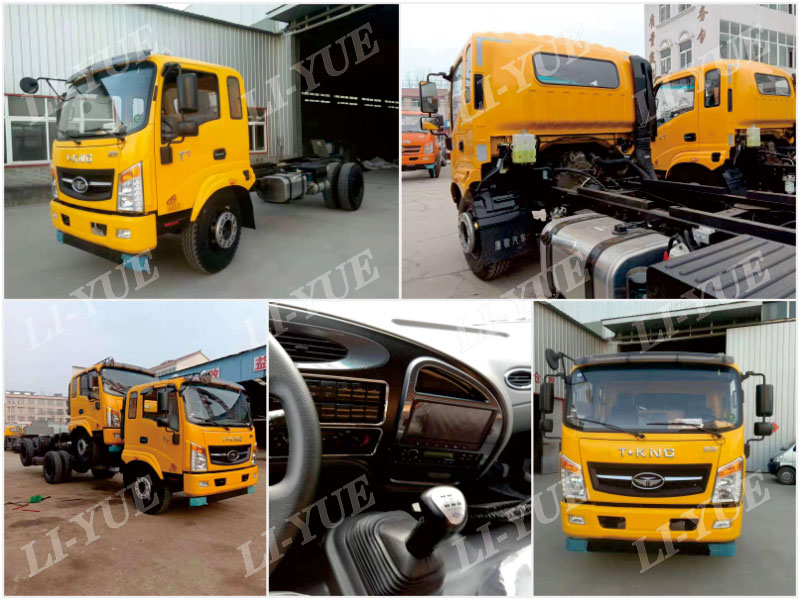Safety Precautions in Lifting Operation

1. For newly installed, overhauled or changed minor cranes, the lifting test must be carried out in accordance with the relevant provisions of the performance test of minor cranes before use.
2. Before each shift of small crane operation, it should first do no-load lifting, rotation, amplitude change, around and around operation and safety performance test of brake and limit device. If equipment fails, it should be removed before formal operation.
3. The driver of the small crane and the signalman shall communicate with each other according to the prescribed gestures or signals. During the operation, the driver should cooperate closely with the signalman and obey the command of the signalman. However, in case of danger in lifting operation, the driver should stop immediately, no matter who sends the emergency stop signal.
4. After the driver gets the lifting signal from the signaller, he must first ring the signal before lifting. When lifting, the heavy objects should be lifted off the ground first. After confirming that the heavy objects are fastened, the braking performance is good and the small crane is stable, the lifting should be continued.
5. When lifting heavy objects, the hook wire rope should be kept vertical. It is forbidden for the hook wire rope to drag the lifted heavy objects in an inclined state. When the hook has been hooked but the lifted weight has not been lifted, it is forbidden for the small crane to move or rotate. It is forbidden to hoist and pull objects buried underground or condensed underground or of unknown weight.
6. When lifting and rotating heavy objects, the speed should be uniform and stable, so as to avoid the danger of swinging heavy objects in the air. When laying down heavy objects, don’t go too fast to prevent them from falling suddenly and being damaged. When hanging long or heavy objects, special person should pull the slip rope. To prevent accidents caused by swing of heavy objects.
7. It is strictly forbidden for small cranes to work beyond the rated lifting weight of the machine. If two small cranes are used to lift a heavy object at the same time, they must be under the unified command of a special person. The lifting speed of the two cranes should be kept equal, and the weight of the weight of the two cranes should not exceed 75% of the total rated lifting weight of the two cranes. Attention should be paid to the distribution of weight and the weight shared by each crane should not exceed 80% of the rated lifting weight.
8. When lifting heavy objects by a small crane, it is not allowed to pass over the head of a person or stay in the air for a long time. Under special circumstances, if temporary stopover is required, a signal should be sent to inform all personnel not to stand or pass under the heavy objects.